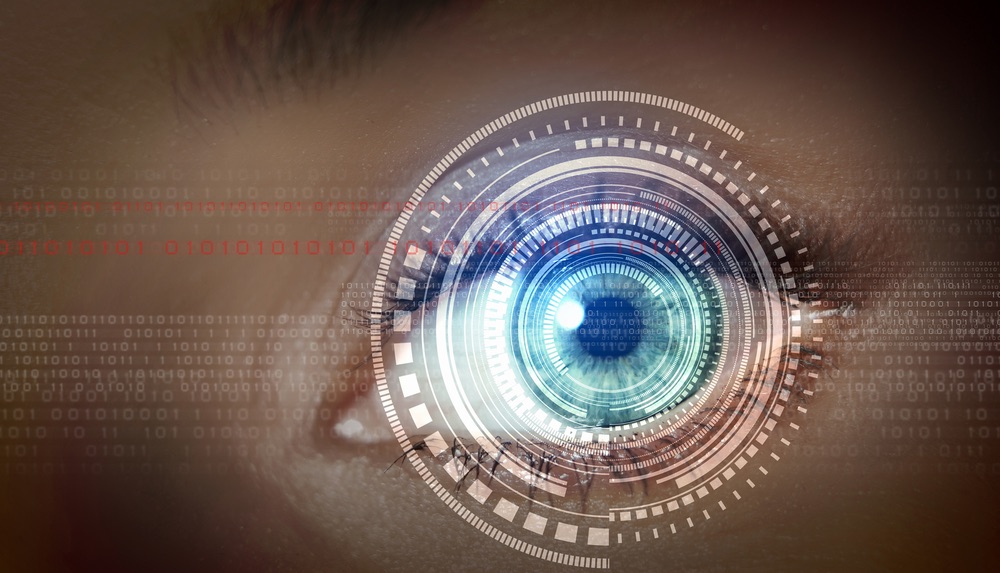Iris Scans to Replace Fingerprints

FBI officials have scanned the irises of nearly 460,000 people in a pilot program that may soon replace fingerprints. While iris-scanning technology has been around for more than 25 years, it's just now getting to where it's fast, easy and relatively bug-free.
"It's a powerful biometric," said Patrick Grother, a computer scientist at the National Institute of Standards and Technology in Gaithersburg, Md., who has been developing algorithms and software for iris scanning. "It's fast to process, it has discriminative power -- my iris doesn't look like your iris, and it has reasonable permanence."
RELATED: Iris Scanner Identifies a Person 40 Feet Away
Iris scanning has replaced retinal scans, a method that has been pretty much abandoned since it turned out to be uncomfortable for people to endure, Grother explained. Iris scan technology was featured recently in the AMC mini-series " The Night Manager," based on a John LeCarre spy novel. The lead character used an iris scan camera on his smartphone to access his Swiss bank account (just before a big truck blew up).
Grother says that kind of quick reading ability isn't far away, and several banks are looking at using it. Windows' Lumia Nokia and Fujitsu both have iris scanners to unlock their phones, (similar to the iPhone fingerprint pad) but it's not ready to authenticate other sorts of apps or accounts.
Iris scanning cameras can be hand-held or attached to a wall. They are effective from three to six feet away from the subject's eyes. Soldiers in Iraq have been using them to authenticate Iraqi civilians who are authorized to work inside U.S. military facilities.
The iris is a part of the eye outside of the pupil that is made of collagen in a three-dimensional arrangement. This pattern can be imaged with light at certain wavelengths.
Sign up for the Live Science daily newsletter now
Get the world’s most fascinating discoveries delivered straight to your inbox.
"It's like taking picture of sand dunes from space," he said. "It's a 3-D object."
The FBI's Iris Pilot program is being deployed by law enforcement officials in California, Texas and Missouri during the booking process. The U.S. Border Patrol and Department of Defense are also using iris scans, according to Stephen Fischer, an FBI spokesman.
The next step is collecting iris scans from photographs of people's eyes.
RELATED: The Eyes Have It: College Adopts Iris Scans
"Iris images enrolled in the FBI Iris Pilot are primarily captured during the booking process in a controlled setting with a camera designed to capture the iris image," Fischer said in an email to DNews. "These cameras capture the iris image in near-infrared light. Research is currently being conducted on the extraction of iris images from high-resolution photographs."
People with brown eyes have more pigment than those with blue eyes, said Grother. That makes it tougher to capture iris information from photographs of brown-eyed folks.
Of course, anyone who blinks, squints or scrunches up their eyes will make it difficult for law enforcement to get a good scan.
Grother and other experts now are developing software to recognize iris patterns from several different camera angles, making it easier to use a hand-held device or smartphone.
Original article on Discovery News.









